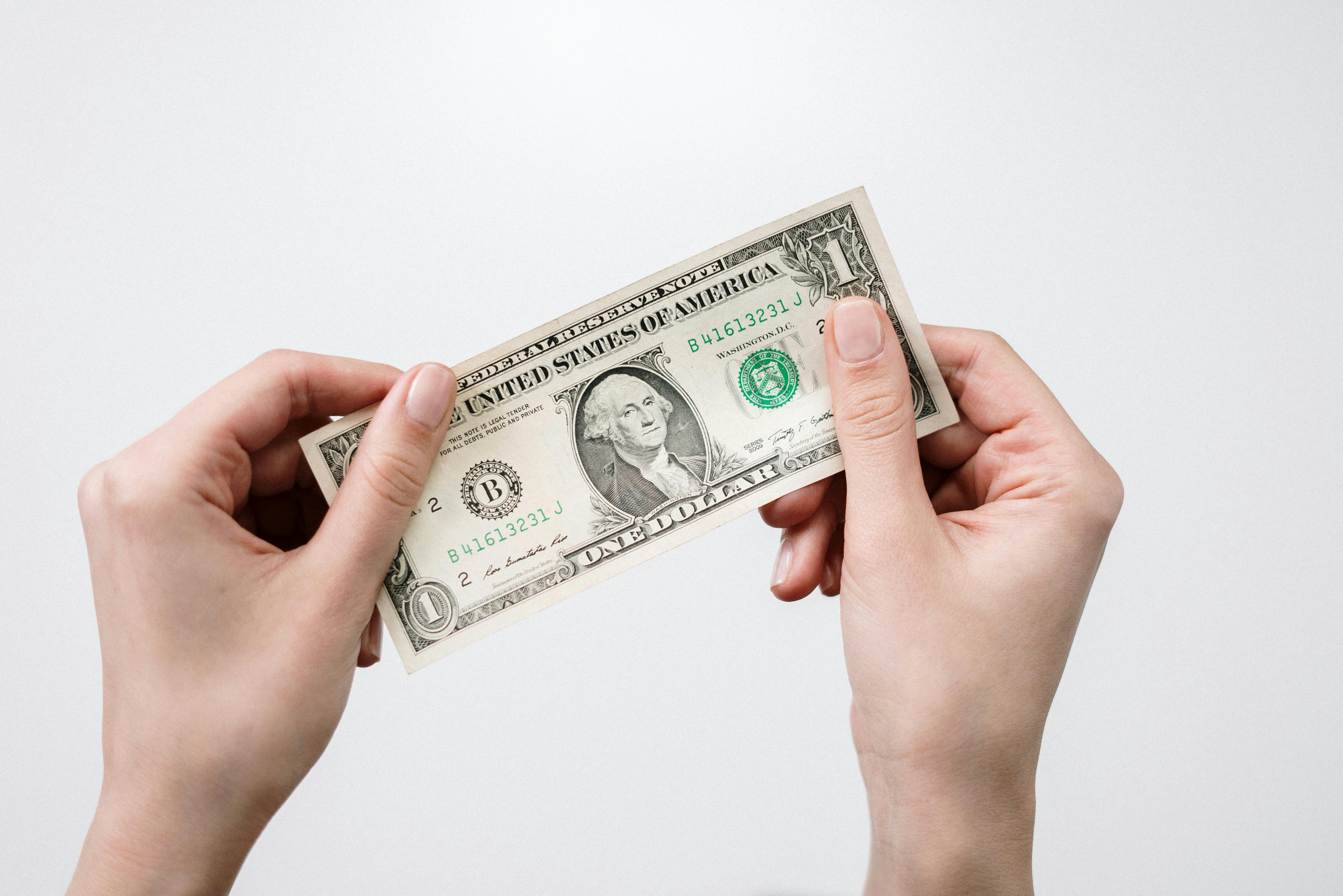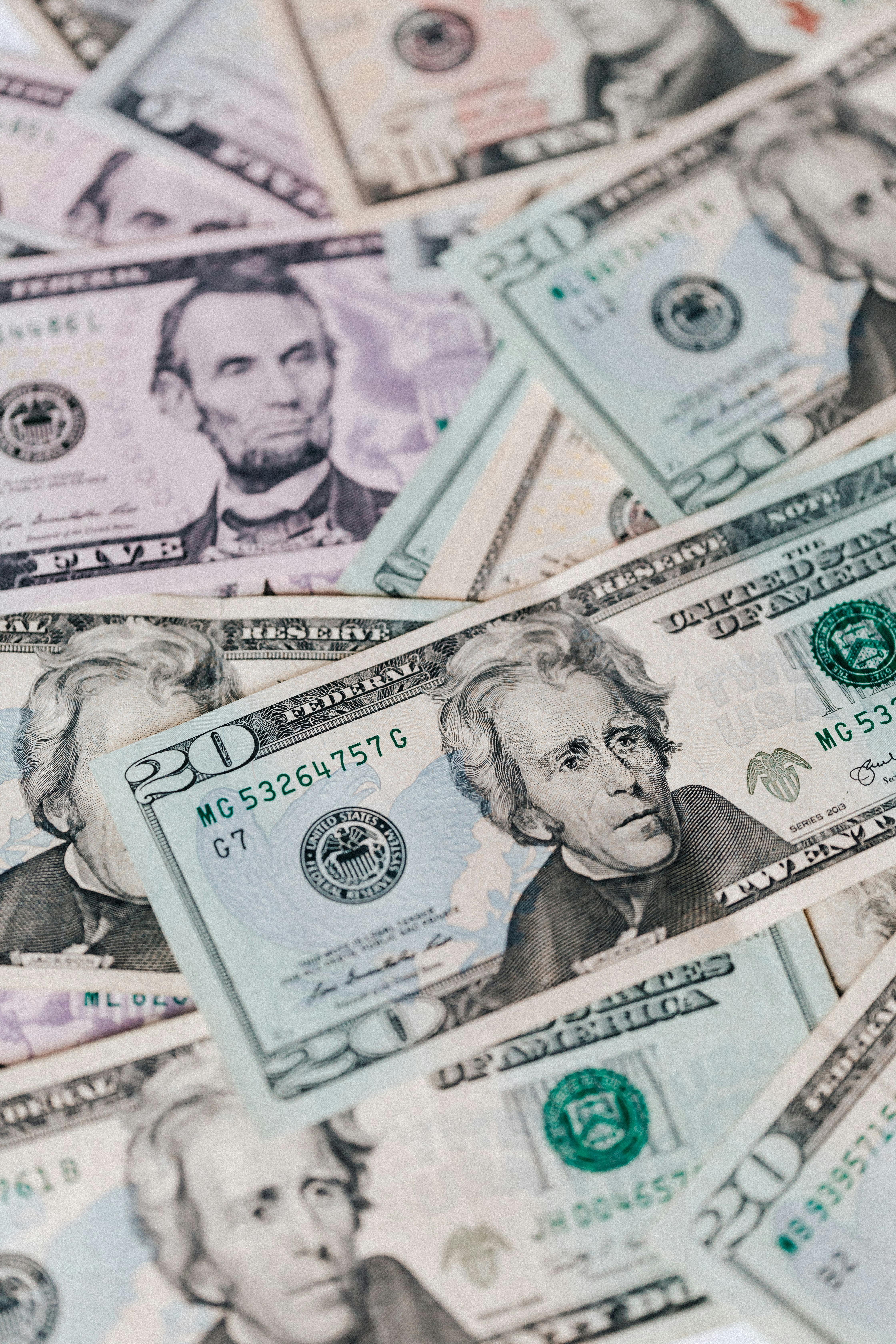Secured vs. Unsecured Credit Cards: Which One Builds Credit Faster in 2025

Introduction
In 2025, credit cards remain one of the most effective tools for building and maintaining a strong credit profile. However, many consumers are confused when it comes to choosing between a secured credit card and an unsecured credit card. Both serve the purpose of helping you build credit, but they work differently and may impact your financial journey in unique ways.
This article provides an in-depth comparison of secured and unsecured credit cards, analyzing their advantages, disadvantages, and most importantly, which one builds credit faster in 2025.
What Is a Secured Credit Card?
A secured credit card requires a refundable deposit that typically serves as your credit limit. For example, if you deposit $500, your spending limit will also be $500. This type of card is designed for people with poor credit or those who are just starting to build credit.
Lenders view secured cards as low-risk because the deposit acts as collateral. As long as you make on-time payments, your activity is reported to the three major credit bureaus, helping you build or rebuild credit effectively.
What Is an Unsecured Credit Card?

An unsecured credit card is the traditional type of credit card that does not require a deposit. Instead, the credit card issuer extends a line of credit based on your creditworthiness, income, and financial history.
These cards often come with higher credit limits, rewards programs, and perks compared to secured cards. However, approval requires a good to excellent credit score, making them less accessible to those with damaged or no credit history.
In 2025, unsecured cards are the most popular choice for established consumers, offering benefits such as cashback, travel rewards, and promotional APR offers. But they also carry risks if not managed responsibly.
Key Differences at a Glance
- Deposit: Required for secured cards, not for unsecured.
- Approval: Easier for secured cards, stricter for unsecured.
- Rewards: Rare with secured cards, common with unsecured.
- Risk: Lower for lenders with secured, higher with unsecured.
Pros & Cons of Secured Credit Cards

Advantages
- Easy Approval: Perfect for those with bad or no credit.
- Credit Reporting: Reports to all three major credit bureaus.
- Deposit Refund: The security deposit is refundable when you close or upgrade the account responsibly.
- Transition to Unsecured: Many issuers allow upgrading to an unsecured card after 6–12 months of good behavior.
Disadvantages
- Deposit Required: Ties up cash that could be used elsewhere.
- Low Credit Limits: Usually equal to the deposit.
- Limited Rewards: Rarely offer cashback or perks.
- Fees: Some cards carry annual fees despite requiring a deposit.
Pros & Cons of Unsecured Credit Cards

Advantages
- No Deposit: Immediate access to a credit line without tying up cash.
- Higher Limits: More purchasing power than secured cards.
- Rewards & Perks: Cashback, travel points, and promotional offers are common.
- Credit Growth: Helps establish long-term credit history when managed wisely.
Disadvantages
- Strict Approval: Requires a good to excellent credit score.
- High Interest Rates: Especially if you carry a balance.
- Risk of Overspending: Higher limits can tempt users into debt.
- Penalty Fees: Late payments may trigger high penalties and damage your score.
Which Builds Credit Faster in 2025?

Secured Credit Cards
Secured credit cards typically show improvements in 3 to 6 months if used responsibly. Since they are designed for beginners or those with damaged credit, they provide a reliable stepping stone for rebuilding. However, growth may be slower due to low credit limits.
Unsecured Credit Cards
Unsecured cards can boost credit faster for those who qualify. With higher limits, they impact your credit utilization ratio positively, one of the most significant factors in FICO scoring. However, mismanagement can harm scores more severely.
Expert Insights
According to 2025 financial studies, both types report equally to bureaus, but unsecured cards tend to accelerate score improvements if balances are kept below 30% of the limit and payments are always on time.
Using Both for Maximum Credit Growth

Step 1: Start with Secured
If your credit is poor or nonexistent, begin with a secured card. Use it responsibly for 6–12 months, paying balances in full each month.
Step 2: Transition to Unsecured
After building a positive history, apply for an unsecured card with better rewards and higher limits. Many issuers even allow automatic upgrades.
Step 3: Manage Both Accounts
Keep your secured card open to extend your credit history length. Using both types lowers utilization and strengthens your credit mix, which accounts for 10% of your score.
Step 4: Monitor Credit Reports
Regularly check your reports to ensure timely reporting and watch for errors that could slow your progress. Pairing secured and unsecured usage can accelerate credit score gains in 2025.
Real-Life Case Studies of Credit Building in 2025

Case Study 1: Mark’s Secured Card Journey
Mark, a recent college graduate, started with a $300 secured credit card. Within 12 months of making consistent on-time payments and keeping utilization below 20%, his score increased by 120 points, qualifying him for his first unsecured cashback card.
Case Study 2: Emily’s Transition to Unsecured
Emily had fair credit but was denied premium cards. She began with a secured card, then after 8 months, upgraded to an unsecured travel rewards card. Her responsible usage helped her qualify for a mortgage in 2025.
Case Study 3: Robert’s Dual Strategy
Robert used both secured and unsecured cards simultaneously. His secured card built trust with issuers, while his unsecured card with a $2,000 limit improved utilization ratios. In less than a year, his score jumped 150 points.
AI & Technology in Credit Building 2025

1. AI-Powered Credit Monitoring
AI platforms track credit usage in real time, sending alerts about utilization, due dates, and potential risks. This helps consumers avoid mistakes that could lower their scores.
2. Predictive Analytics for Card Approvals
In 2025, predictive models suggest the best credit card type—secured or unsecured—based on a consumer’s profile, increasing approval chances.
3. Automated Bill Payment Tools
Fintech apps automate payments, ensuring no late fees, one of the biggest factors in credit scoring.
4. Virtual Credit Coaches
AI-based apps act as personal advisors, guiding users on spending and repayment strategies to optimize credit building.
Do Secured or Unsecured Cards Work Better Overall?

Secured Cards Work Best For:
- Consumers with bad credit or no credit history.
- Those willing to pay a deposit as collateral.
- People who want an entry point into the credit system.
Unsecured Cards Work Best For:
- Consumers with fair to excellent credit scores.
- Those seeking higher limits and rewards programs.
- Individuals with responsible spending habits.
Ultimately, both cards report activity to credit bureaus, which means either option can build credit effectively. The key difference is that unsecured cards may accelerate results if you qualify, while secured cards guarantee access when you don’t.
Final Recommendations & Conclusion

Key Takeaways
- Both secured and unsecured cards report to credit bureaus, so both help build credit.
- Secured cards are safer entry-level options for those with poor or no credit.
- Unsecured cards build credit faster if managed responsibly, thanks to higher limits and rewards.
- Using both types strategically can maximize growth by improving utilization and credit mix.
Final Advice
In 2025, the choice between secured and unsecured credit cards depends on your current financial situation. If you are just starting out, go for a secured card. If you already have fair credit, aim for an unsecured one. Either way, the most critical factor is responsible usage: pay on time, keep balances low, and monitor your credit reports regularly.
With discipline and the right choice, you can improve your FICO score significantly within a year and unlock better financial opportunities.
